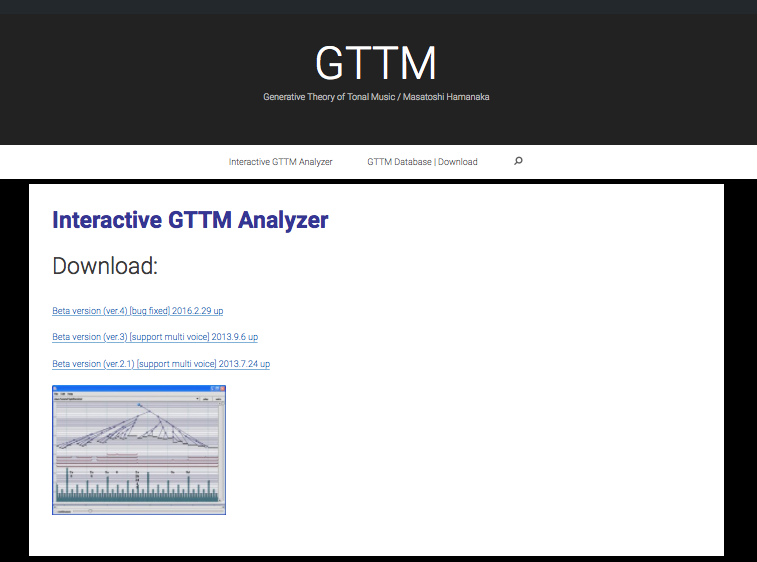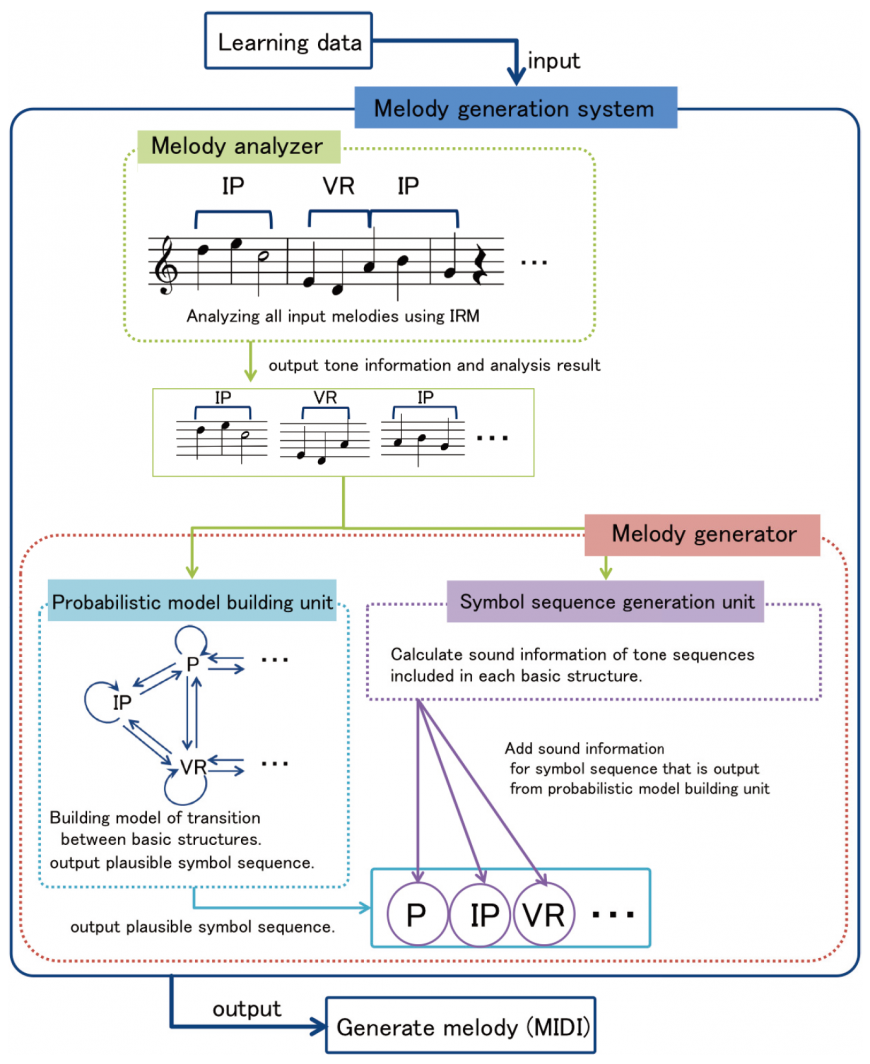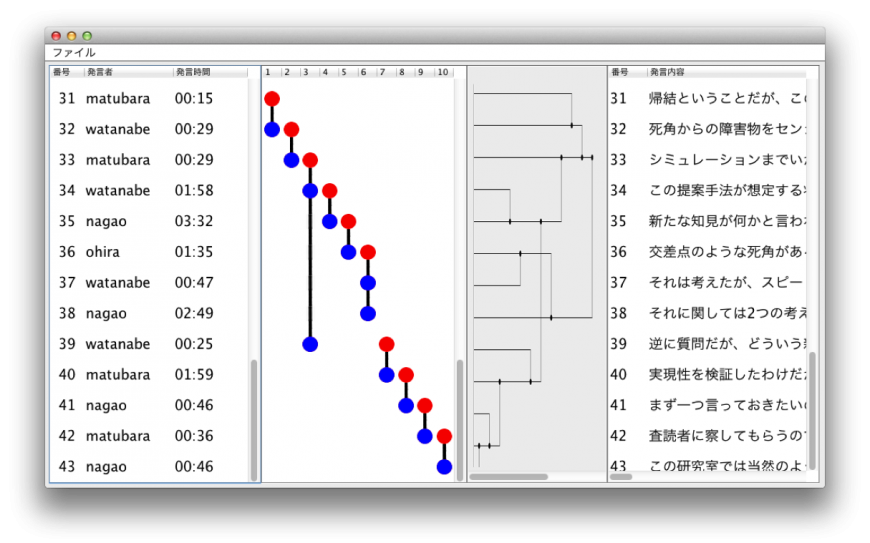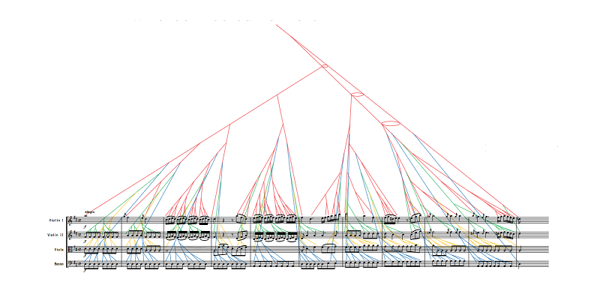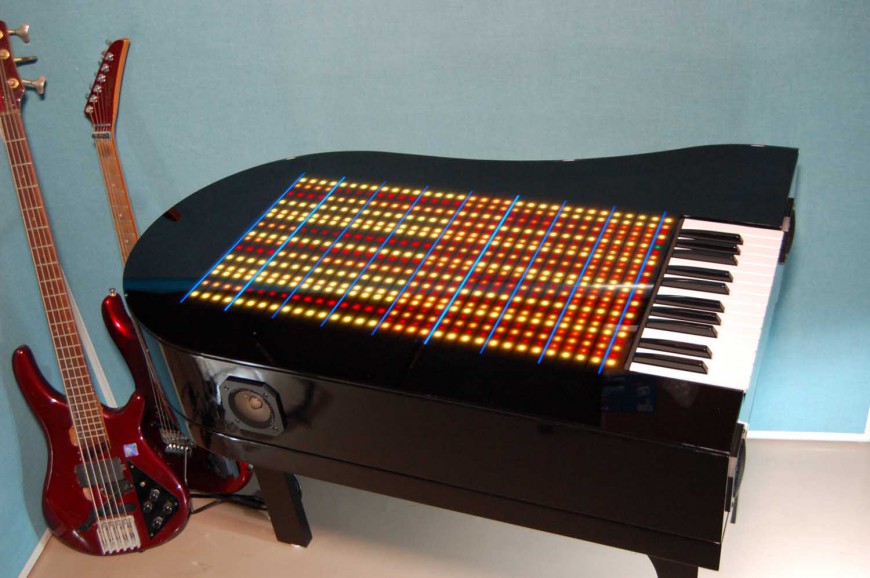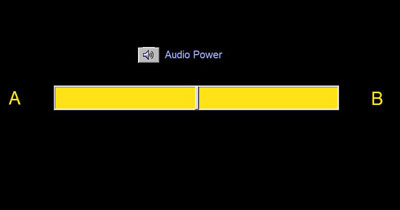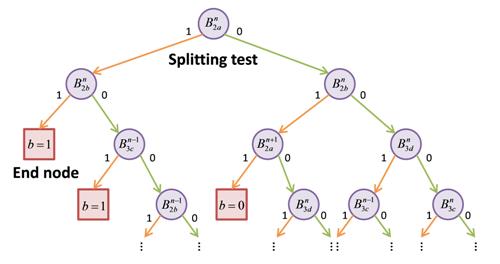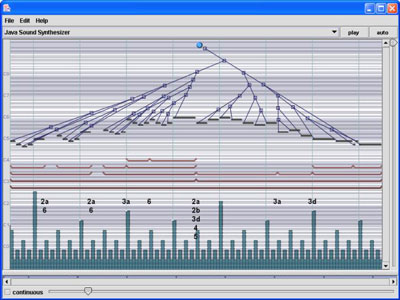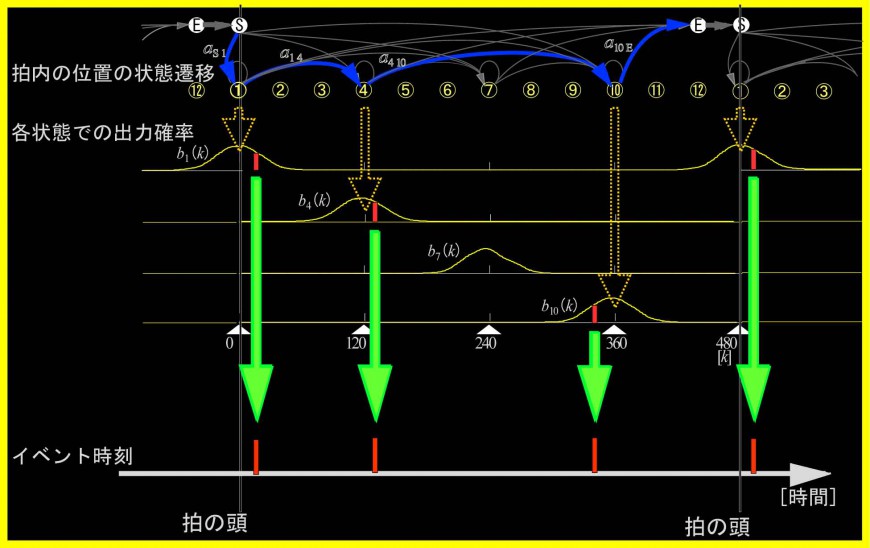分析データ・ツール
Manual time-span generation tool (2018) 国際会議論文 [PDF] [GTTM] [分析データ・ツール] Masatoshi Hamanaka, Keiji Hirata, Satoshi Tojo: “GTTM Database and Manual Time-span Tree Generation Tool”, Proceedings of the 15th Sound and Music Computing Conference (SMC2018), pp.462-467, July 2018. [PDF] [GTTM] [分析データ・ツール] Masatoshi Hamanaka, Keiji… (READ MORE)
